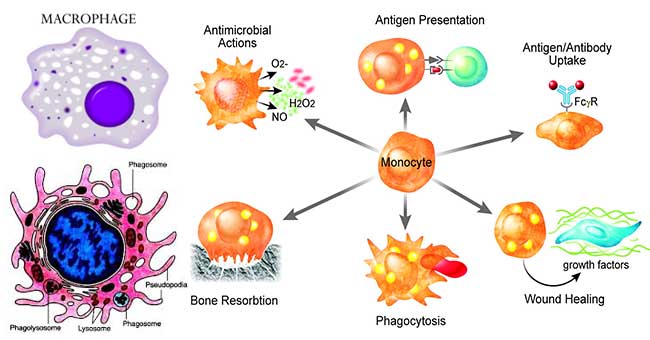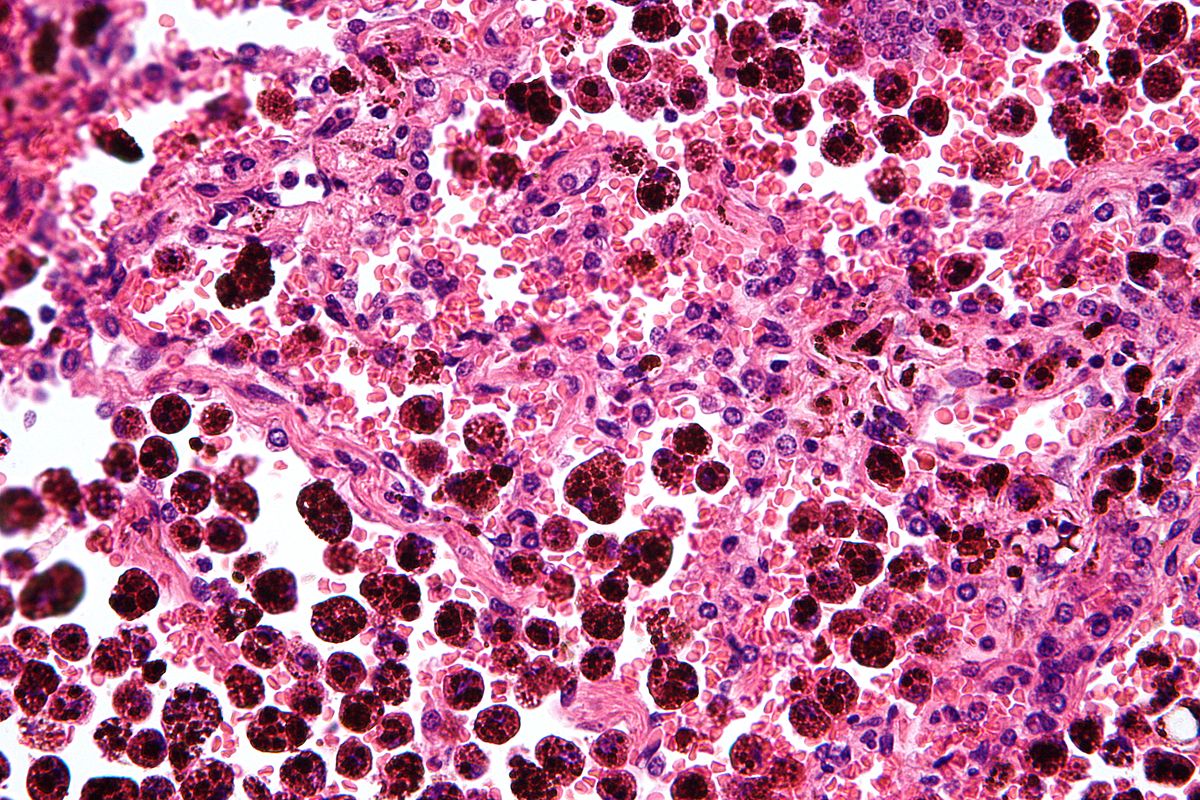In the current blog, I will share the research on Fucoidan by Dr. Miyazaki (Kyushu University), one of the leading researchers on Fucoidan in Japan. I would also like to explain the research content on fucoidan immunomodulatory action, one of the essential items.
So far, all fucoidan-related studies have reported bioactivities such as anti-cancer activity and immunomodulatory activity. However, Dr. Miyazaki’s research has made clear that by using Cladosiphon okamuranus (Okinawa mozuku), Undria pinnatifida (Mekabu), and Agaricus blazei (Agaricus) mycelium extract powder effectively enhances antitumor immunity in collaboration with the NPO Fucoidan Research Institute.
In their study, by clarifying the interrelationship of signaling pathways involved in immune enhancement induced by fucoidan and β-glucan stimulation, the activation of macrophages was used as an index for fucoidan derived from Okinawa mozuku and β-glucan derived from Saccharomyces cerevisiae. So, we compared the effects of the combination.

Furthermore, in their test, the mouse macrophage-like cell line RAW264 cells, a macrophage cell model often used in immunological studies, was supplemented with fucoidan derived from Okinawa mozuku and zymosan which is a type of β-glucan, in a culture test. They examined macrophage activation by measuring the amount of nitric oxide (NO) and tumor necrosis factor-α (TNF-α) in the culture medium supernatant after 24-hour culture by the grease method and enzyme-linked immunosorbent assay (ELISA) method.
As a result, they were confirming fucoidan and zymosan increase NO and TNF-α production in RAW264 cells in a dose-dependent manner at a concentration that does not affect cell proliferation. Therefore, it was suggested that the combined use of fucoidan and zymosan has an additive enhancing effect on macrophage function (See Fig. 1).
Using a reagent (methyl-β-cyclodextrin) that disrupts the structure on the cell membrane where the zymosan receptor is thought to be present, and as treating RAW264 cells before sample addition. Later, the additive effect of Zymozan and fucoidan toward NO and TNF-α production was diminished. On the other hand, in RAW264 cells in which phagocytosis was inhibited using a drug (Cytocalan D) that arrests the phagocytic action of macrophages, a proliferative effect on NO and TNF-α production by fucoidan equivalent to that in untreated cells was observed (See Fig. 2). From this point, it was suggested that fucoidan contains its physiological function by acting directly on the cell membrane without phagocytosis and decomposition.
The above results indicated that fucoidan acts on the cell membrane, and its effect is additively proliferated by β-glucan stimulation. Thus, it is expected to work the combined use of fucoidan and β-glucan is effective in the activation function of macrophages.

Fig. 1) The combined use of fucoidan and zymosan enhances macrophage function additively

Fig. 2) Involvement of phagocytosis in macrophage activation by fucoidan
